A breakthrough by Chinese researchers could help solve complex problems in industries ranging from aerospace to bridge design.


Lex Fridman Podcast full episode: https://www.youtube.com/watch?v=EwueqdgIvq4
Please support this podcast by checking out our sponsors:
- Stripe: https://stripe.com.
- Codecademy: https://codecademy.com and use code LEX to get 15% off.
- Linode: https://linode.com/lex to get $100 free credit.
- BetterHelp: https://betterhelp.com/lex to get 10% off.
GUEST BIO:
Jeffrey Shainline is a physicist at NIST working on. Note: Opinions expressed by Jeff do not represent NIST.
PODCAST INFO:
Podcast website: https://lexfridman.com/podcast.
Apple Podcasts: https://apple.co/2lwqZIr.
Spotify: https://spoti.fi/2nEwCF8
RSS: https://lexfridman.com/feed/podcast/
Full episodes playlist: https://www.youtube.com/playlist?list=PLrAXtmErZgOdP_8GztsuKi9nrraNbKKp4
Clips playlist: https://www.youtube.com/playlist?list=PLrAXtmErZgOeciFP3CBCIEElOJeitOr41
SOCIAL:
- Twitter: https://twitter.com/lexfridman.
- LinkedIn: https://www.linkedin.com/in/lexfridman.
- Facebook: https://www.facebook.com/lexfridman.
- Instagram: https://www.instagram.com/lexfridman.
- Medium: https://medium.com/@lexfridman.
- Reddit: https://reddit.com/r/lexfridman.
- Support on Patreon: https://www.patreon.com/lexfridman
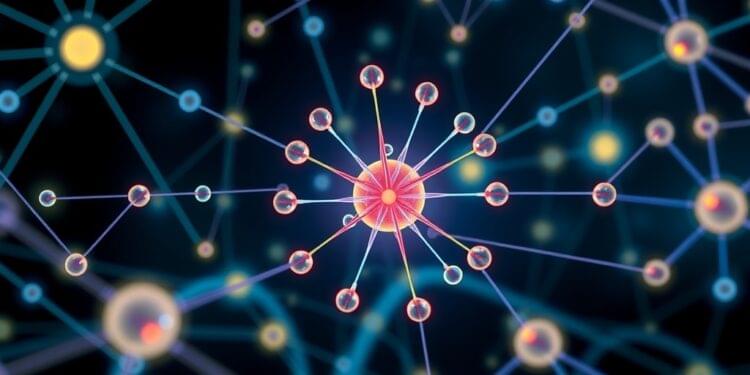
In a monumental stride toward the realization of practical quantum computing and advanced quantum networks, researchers at the prestigious Cavendish Laboratory of the University of Cambridge have successfully crafted a fully operational quantum register utilizing the atomic properties within a semiconductor quantum dot. This innovative development could pave the way for pivotal advancements in quantum information technology, crucial for the anticipated future where quantum networking integrates into everyday digital communications.
This breakthrough is detailed in a publication in Nature Physics, where it reveals the introduction of an entirely new category of qubits that are optically interconnected. As the field of quantum networking progresses, the need for stable, scalable, and adaptable quantum nodes has become increasingly evident. The research team’s focus on quantum dots is particularly advantageous, as these nanoscale entities possess unique optical and electronic attributes intrinsic to quantum mechanical phenomena.
Quantum dots have demonstrated considerable potential in existing technologies, such as medical imaging and display screens, primarily due to their efficacy as bright single-photon sources. However, to create functional quantum networks, it is essential not only to emit single photons but also to establish reliable qubits that can effectively interact with these emitted photons. Moreover, these qubits must be capable of locally storing quantum information over extended periods. The researchers’ development enhances the inherent spins of the nuclear atoms within the quantum dots, optimizing them into a cohesive many-body quantum register.
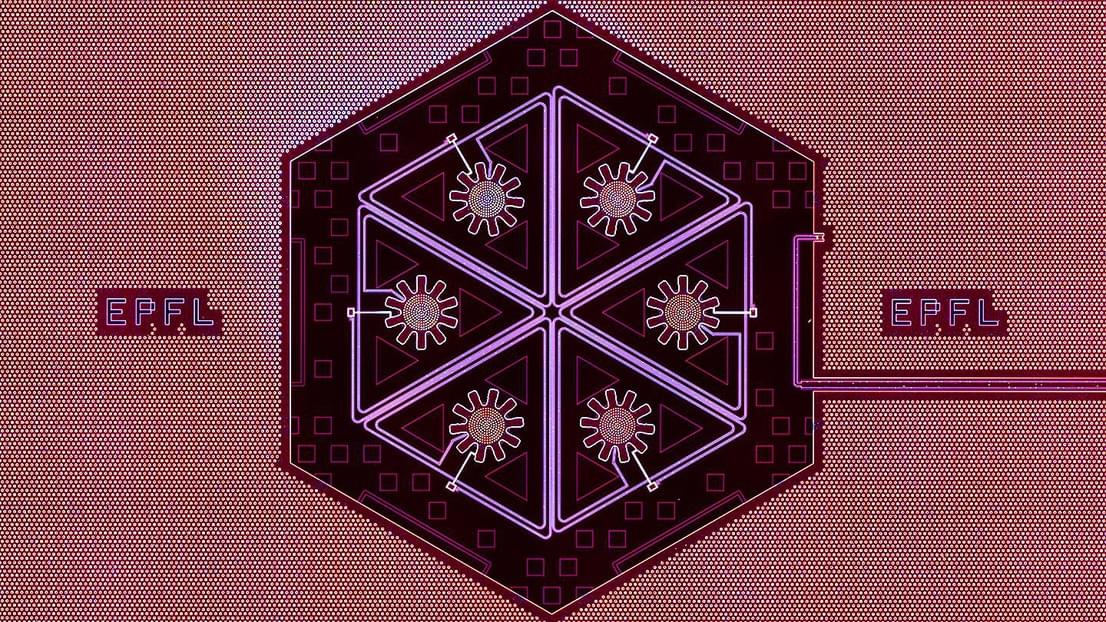
Scientists have successfully achieved a quantum collective behavior of macroscopic mechanical oscillators, unlocking new possibilities in quantum technology.
Quantum technologies are radically transforming our understanding of the universe. One emerging technology are macroscopic mechanical oscillators, devices that are vital in quartz watches, mobile phones, and lasers used in telecommunications. In the quantum realm, macroscopic oscillators could enable ultra-sensitive sensors and components for quantum computing, opening new possibilities for innovation in various industries.
Controlling mechanical oscillators at the quantum level is essential for developing future technologies in quantum computing and ultra-precise sensing. But controlling them collectively is challenging, as it requires near-perfect units, i.e. identical.
In Intel’s second “Behind this Door” video, take a sneak peek into fab D1X in Oregon to see what is likely the most complicated machine humans have built. An extreme ultraviolet (EUV) lithography system uses radically shorter wavelengths to project circuit patterns onto silicon wafers. The #EUV machine pushes Moore’s Law forward and #chip makers cannot produce leading-edge chips without it. (Credit: Intel Corporation)
#Intel #Manufacturing #Semiconductor.
▶ Learn more on Intel’s EUV: https://intel.ly/3AeAKwz.
Notice: This video contains footage provided by external vendors who have their own safety and health policies. Moreover, some footage was recorded prior to the COVID outbreak when no pandemic-related mask or social-distancing policies were needed or in place.
About Intel Newsroom.
Intel Newsroom brings you the latest news and updates on world-changing technology that enriches the lives of everyone on Earth. Connect with us today!
Subscribe now to Intel Newsroom on YouTube: / intelnewsroom.
Visit the Intel Newsroom: https://www.intel.com/content/www/us/.… @IntelNews on Twitter: / intelnews.
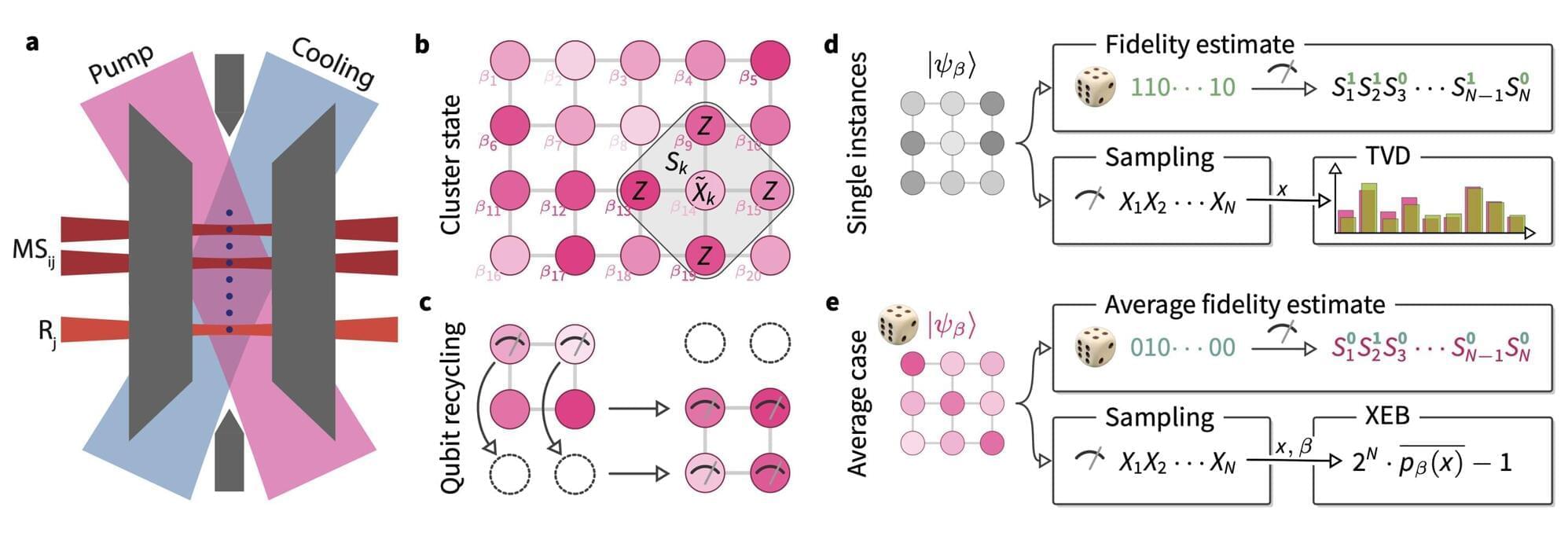
One of the key goals within the field of quantum computing is to achieve what is known as a quantum advantage. This term essentially describes the point after which a quantum computer can outperform a classical computer on a specific task or solve a problem that is beyond the reach of classical computers.
One task that could be used to demonstrate a quantum advantage, known as quantum random sampling, entails the generation of samples from a probability distribution. This task is very difficult for classical computers to perform, but it could theoretically be completed by quantum computers.
While past studies have successfully tackled random sampling tasks using quantum computers, actually verifying that a system effectively performs these tasks has proved challenging. This is because many existing verification techniques based on classical data are either too computationally demanding or difficult to apply to larger quantum systems.
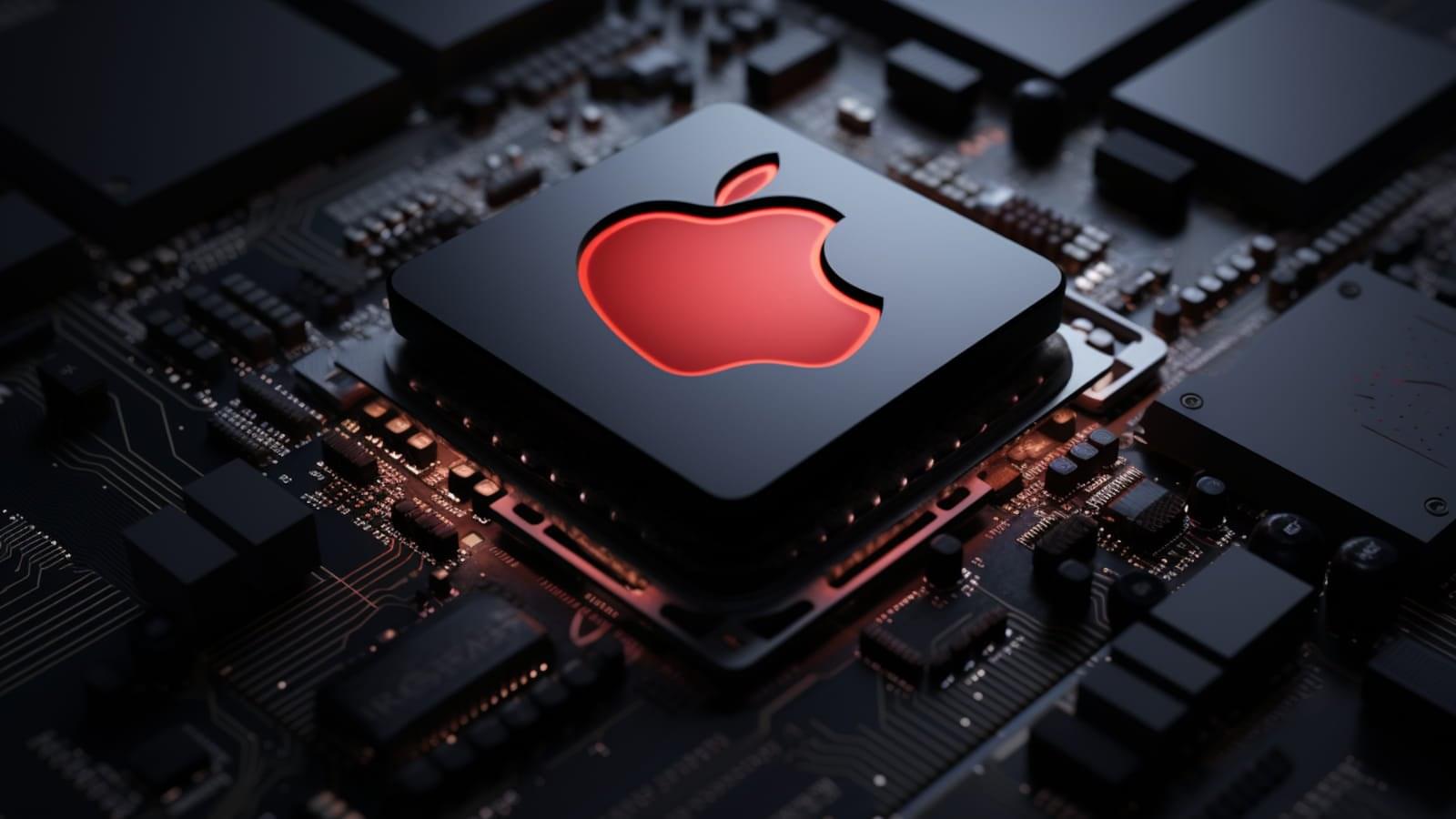
A team of security researchers has disclosed new side-channel vulnerabilities in modern Apple processors that could steal sensitive information from web browsers.
The Georgia Institute of Technology and Ruhr University Bochum researchers, who presented another attack dubbed ‘iLeakage’ in October 2023, presented their new findings in two separate papers, namely FLOP and SLAP, which show distinct flaws and ways to exploit them.
The flaws stem from faulty speculative execution implementation, the underlying cause of notorious attacks like Spectre and Meltdown.
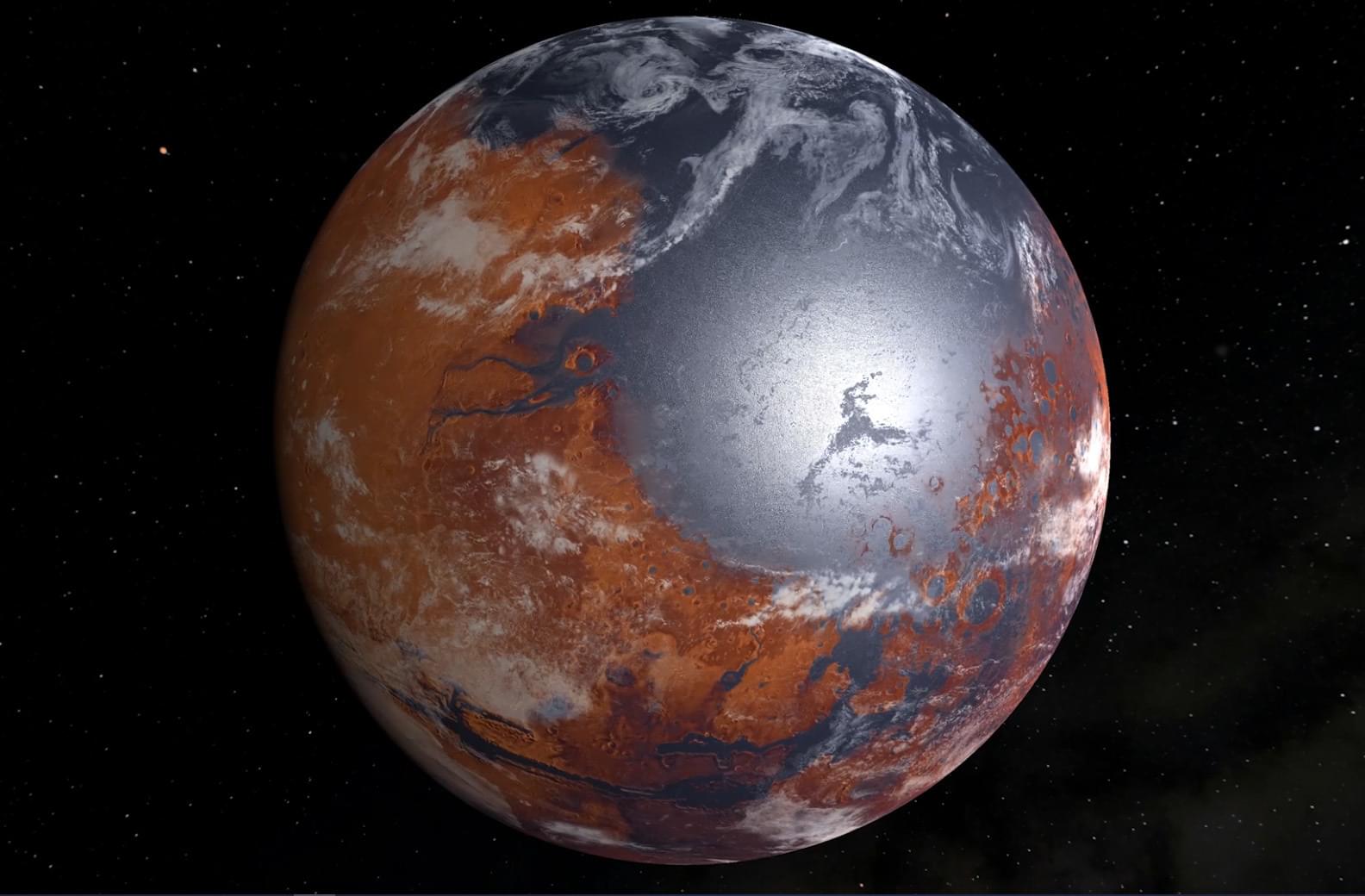
Did Mars have lakes and rivers during a single period or over separate periods? This is what a recent study published in Nature Geoscience hopes to address as an international team of researchers investigated whether Mars experienced a single event of liquid water on its surface, or many events spread over millions of years. This study has the potential to help scientists better understand the early conditions on Mars and whether these conditions were suitable to support life as we know it.
“Early Mars is a lost world, but it can be reconstructed in great detail if we ask the right questions,” said Dr. Robin Wordsworth, who is a Gordon McKay Professor of Environmental Science and Engineering at Harvard University and a co-author on the study. “This study synthesizes atmospheric chemistry and climate for the first time, to make some striking new predictions – which are testable once we bring Mars rocks back to Earth.”
For the study, the researchers used a series of computer models to simulate how the atmosphere on Mars billions of years ago potentially reacted to surface water-rock interactions and climate changes over time. The goal was to ascertain whether Mars experienced a single event of liquid water on its surface, or a series of events spread over millions of years with periods of dryness in between them.

Needham raised the firm’s price target on D-Wave Quantum (QBTS) to $8.50 from $2.25 and keeps a Buy rating on the shares as part of a broader research note on Quantum Computing names. Over the past several months, the combination of technical milestone achievements, announcements of quantum contract awards of increasing dollar value and mentions of quantum computing by leading technology CEOs has increased awareness of the potential opportunity for quantum computing among mainstream investors, and reflecting this increased awareness, the stock prices of pure play quantum computing companies have increased several fold since September 30, 2024, the analyst tells investors in a research note. s. 5.9% for the S&P 500. The increasing valuations for quantum computing companies reflect growing recognition that quantum computing may disrupt a meaningful portion of the $1T computing market over the next decade, the firm added.
The OS axiom posits that reality operates like a computational construct. Think of it as an evolving cosmic master algorithm—a fractal code that is both our origin and our ultimate destiny. This axiom doesn’t diminish the beauty or mystery of existence; on the contrary, it elevates it. When we think of the universe as a computation, we realize that the laws of physics, the flow of time, and even the emergence of consciousness are not random accidents but inevitable outcomes of this higher-order system.
This concept naturally leads us to the Omega Singularity, a term I use to describe the ultimate point of universal complexity and consciousness. Inspired by Pierre Teilhard de Chardin’s Omega Point, this cosmological singularity is where all timelines of evolution, computation, and consciousness converge into a state of absolute unity—a state where the boundaries between the observer and the observed dissolve entirely. In The Omega Singularity, I elaborate on how this transcendent endpoint represents not just the culmination of physical reality but the quintessence of the “Universal Mind” capable of creating infinite simulations, much like we create virtual worlds today.
But let’s take a step back. How does this all relate to the OS axiom? If the universe is computational, it means that all processes—be they physical, biological, or cognitive—are governed by fundamental rules, much like a computer program. From the fractal geometry of snowflakes to the self-organizing principles of life and intelligence, we see the OS postulate at work everywhere. The question then becomes: Who or what wrote the code? Here, we enter the realm of metaphysics and theology, as explored in Theogenesis and The Syntellect Hypothesis. Could it be that we, as conscious agents, are co-authors of this universal script, operating within the nested layers of the Omega-God itself?